According to The Independent, Ruben Amorim, set to take the helm at Manchester United, faces a daunting yet familiar task: reviving a struggling giant to title-winning form. Just as he guided Sporting CP back to the top of Portuguese football, Amorim brings his tactical mastery and youth-driven approach to Old Trafford, promising three core changes that could redefine United's identity
1. Tactical Evolution: The 3-4-2-1 Formation:
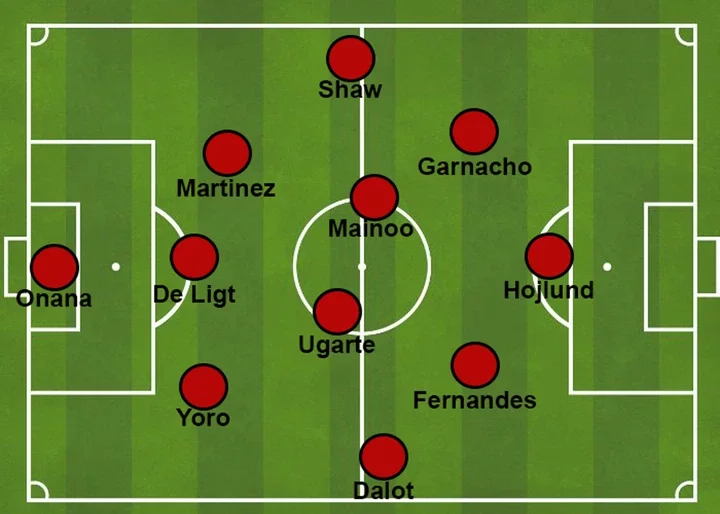
Amorim's preferred 3-4-2-1 system, a structure he used to make Sporting a defensive powerhouse, could be the new blueprint for United. This setup, flexible and adaptable, emphasizes a back-three defense, wing-backs pushing high, and creative midfielders in central roles. At United, Lisandro Martinez might operate on the left side of a three-man backline, while Diogo Dalot and Luke Shaw could take on vital wing-back duties, stretching the field and supporting attacks. Rasmus Hojlund, a natural fit for Amorim's high-pressing No. 9 role, would spearhead the attack, mirroring Viktor Gyokeres's impact at Sporting.
In the midfield, Kobbie Mainoo and Mason Mount might fill roles requiring dynamism, creativity, and grit-qualities central to Amorim's setup at Sporting. For the two advanced playmaking positions, Bruno Fernandes and Alejandro Garnacho could be given creative freedom, much like Pedro Goncalves at Sporting, who contributed both goals and defensive pressure.
2. Youth-First Approach:
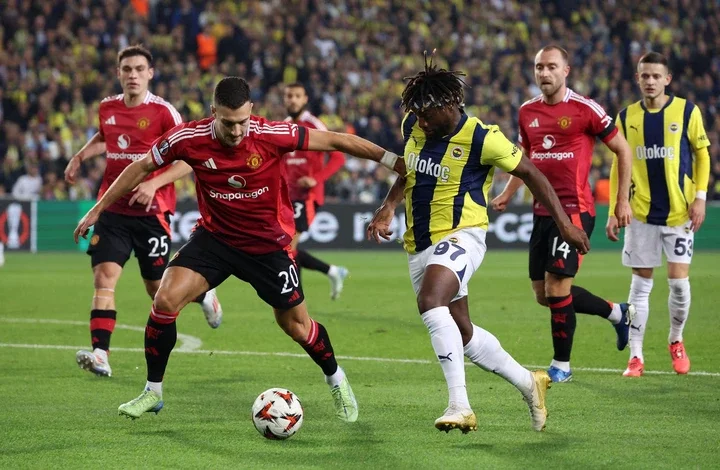
Amorim is known for building success around youth, a necessity at Sporting due to financial constraints and outgoing star players. United's academy has produced promising talent like Amad Diallo, Hojlund, and Garnacho, all of whom are likely to see expanded roles under Amorim. His time at Sporting also showcased his talent for developing emerging players into key contributors, evidenced by the success of players like Matheus Nunes, now at Manchester City, and Manuel Ugarte, who recently joined United.
This focus on young, adaptable players could lead Amorim to emphasize development pathways within United's squad. His ability to nurture talent is viewed as a critical advantage by United's hierarchy, who want a more sustainable future built on emerging stars.
3. Possession-Heavy, High-Pressing Style:
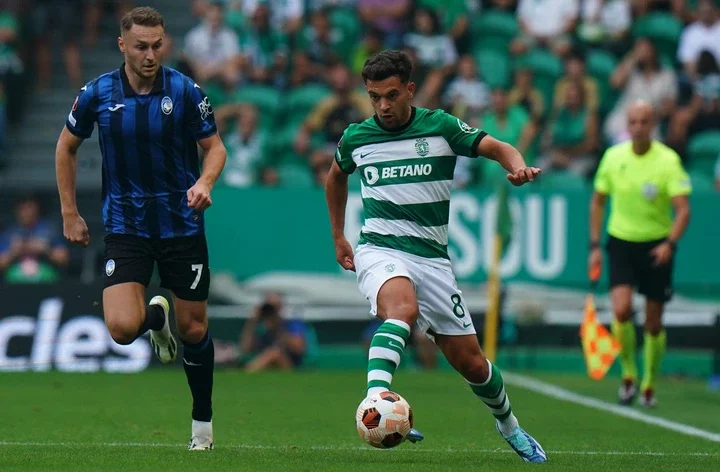
Under Amorim, United can expect a shift toward possession-oriented football with short, controlled passes and high pressing. Last season at Sporting, Amorim's squad averaged around 60% possession, frequently outpacing opponents in short passing and building from the back. United's goalkeeper Andre Onana, accustomed to a ball-playing role, would fit seamlessly into this approach.
Sporting's game under Amorim also featured high pressing and quick ball recovery, keeping opponents under constant pressure. United's squad will likely spend weeks refining this system on the training ground as Amorim seeks to establish the structured play patterns that define his style. This transformation would contrast sharply with Erik ten Hag's counter-attacking system and could add a discernible, possession-focused identity to United's gameplay.
4. Amorim's United: A New Look:
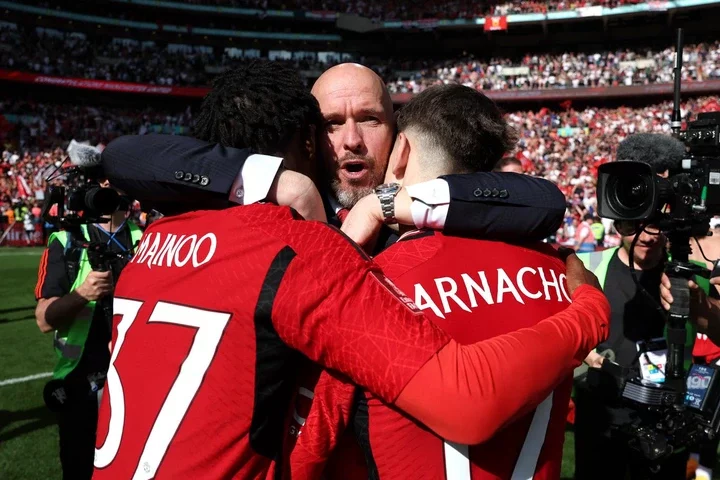
As Amorim steps into Old Trafford amid injury challenges, including absences of key players like Mainoo, Mount, and Shaw, he will face initial improvisations. But his arrival is anticipated as a turning point, potentially placing United back among the Premier League's top contenders by instilling tactical discipline, a youth-driven philosophy, and a winning mentality.

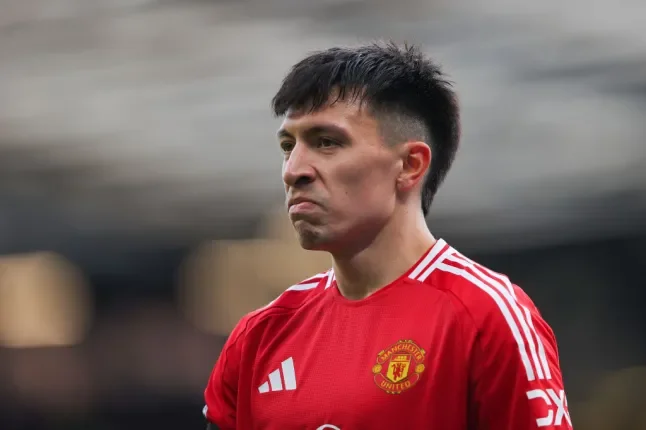
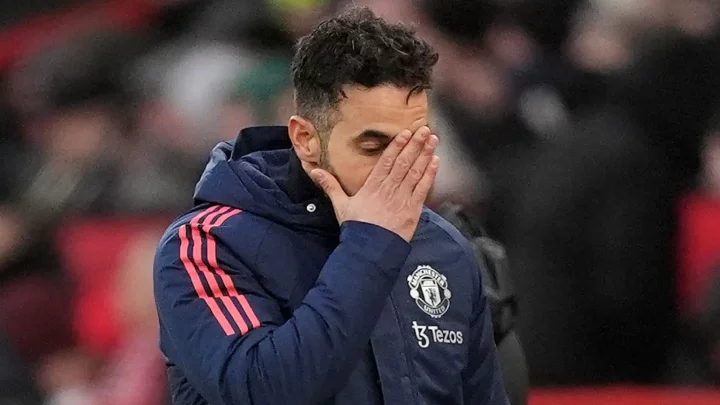
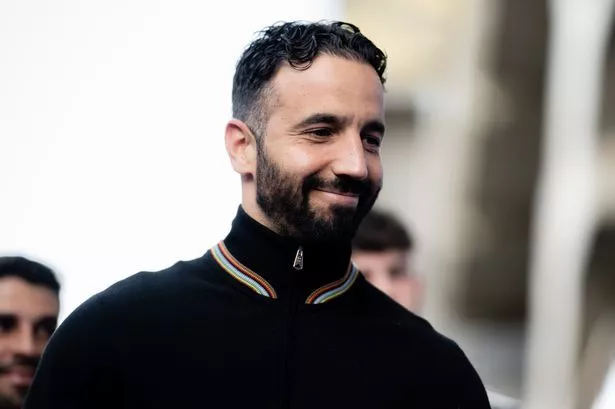

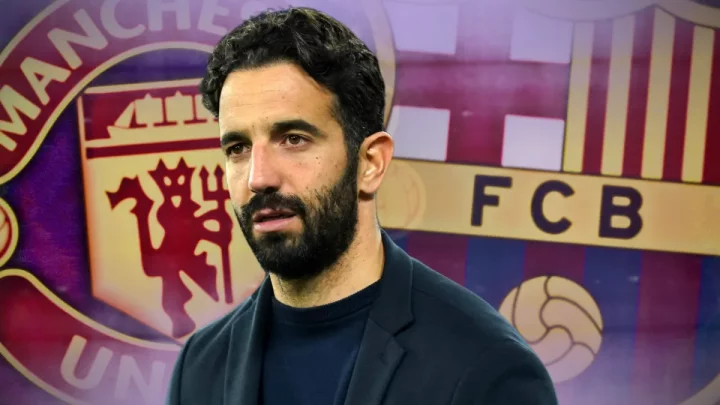
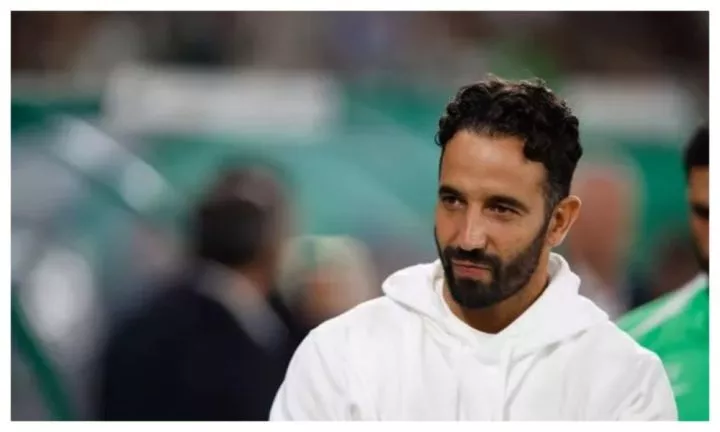



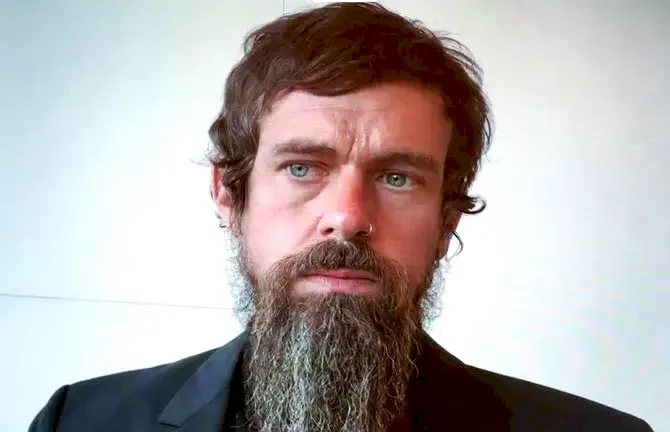

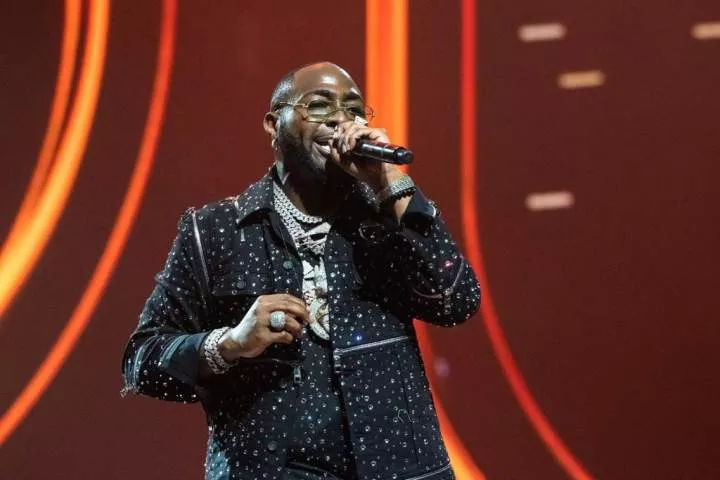




Comments